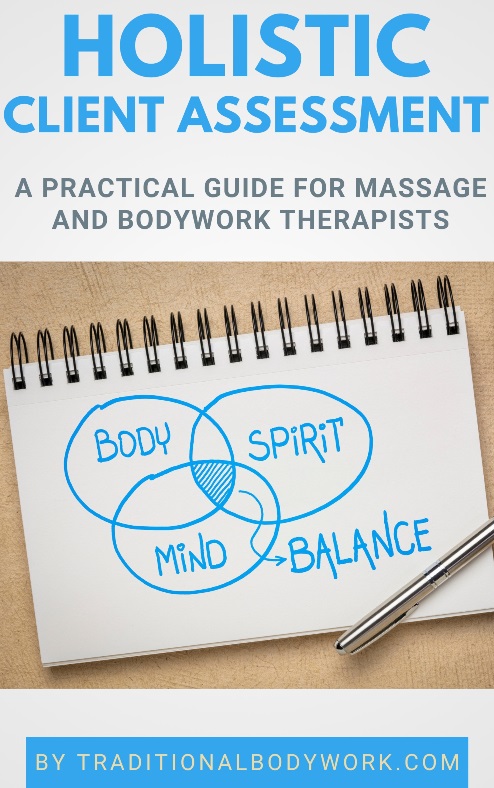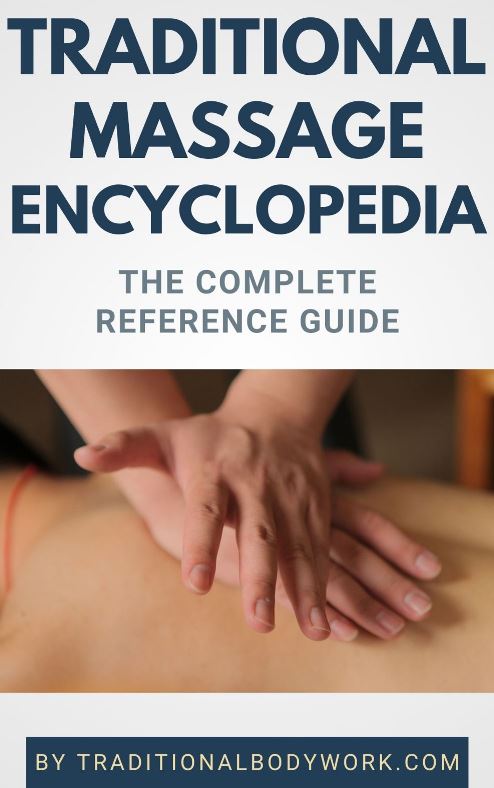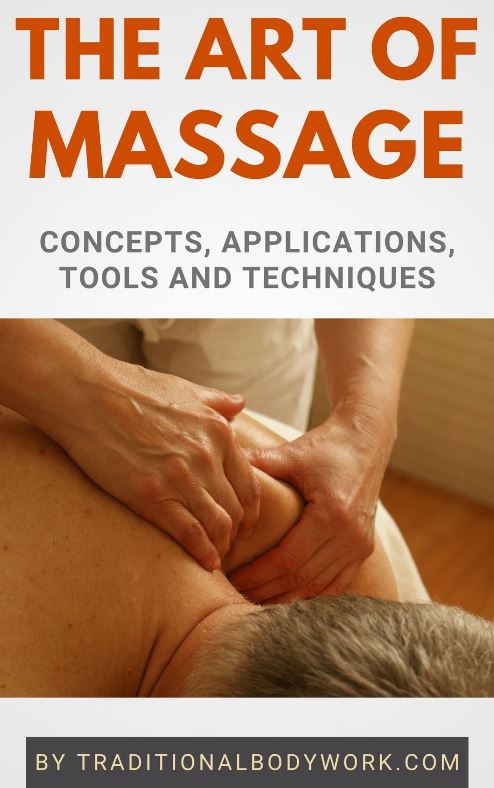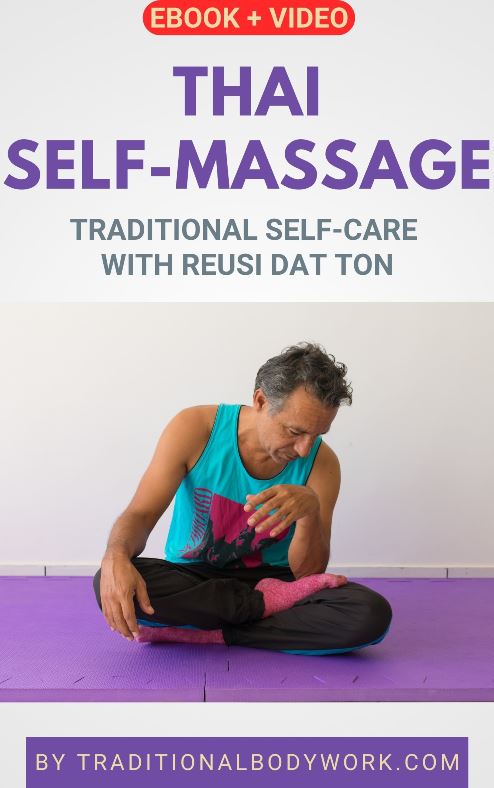
Pain Assessment can be a rather difficult domain for therapists, because although pain is considered an objective sensation it’s mixed with highly subjective perceptions.
For instance, some people experience a hamstring stretch as pain because it puts strain on the muscles and tendons and feels “threatening,” and others just experience it as a “specific sensation” or find it even pleasant.

Another thing is that some people endure pain better than others, some start crying, some don’t easily show or acknowledge pain sensations, and others only grimace, tense-up, or pull slightly away, and so on.
Nevertheless, it’s important for a massage and bodywork therapist to ask the client after their pains as many clients indeed come for therapeutic massage or bodywork because they experience pains or some sort of physical discomfort. In the end, pain is an unpleasant sensory and emotional experience, and is whatever the person says it is, existing whenever the person says it’s experienced.
Therefore, therapists need to ask clients where they experience pains (what body parts), when (during what movements, actions, time of the day, etc.), if pains come and go, how long the pain stays, possible cause and history of the pain, the type of pain (dull, sharp, deep, intense, spread, etc.), etc. Therapists may also test the pain by performing the action together with the client that causes (more) pain.

Of course, pain can be referred (the pain spot is not the actual problem), but pain can be indeed pointing to the exact location of issues, so in any case it’s a crucial sign for therapists to come to proper diagnosis and understand what to work on, but also what perhaps to avoid doing.
It’s also crucial to watch for non-verbal pain signs during treatments (grimacing, whimpering, pulling away, tensing-up, moving the face away, etc.), and moreover, asking the client before a session to always mention if they feel pain during the actual treatment or during an assessment phase, such as when we perform a Range of Motion Assessment or Whole-Body and Palpation Assessment.
It’s obvious that we don’t want to hurt our clients, increase pain, or damage body parts, so an open communication about pain sensations between client and therapist is very, very essential.

















